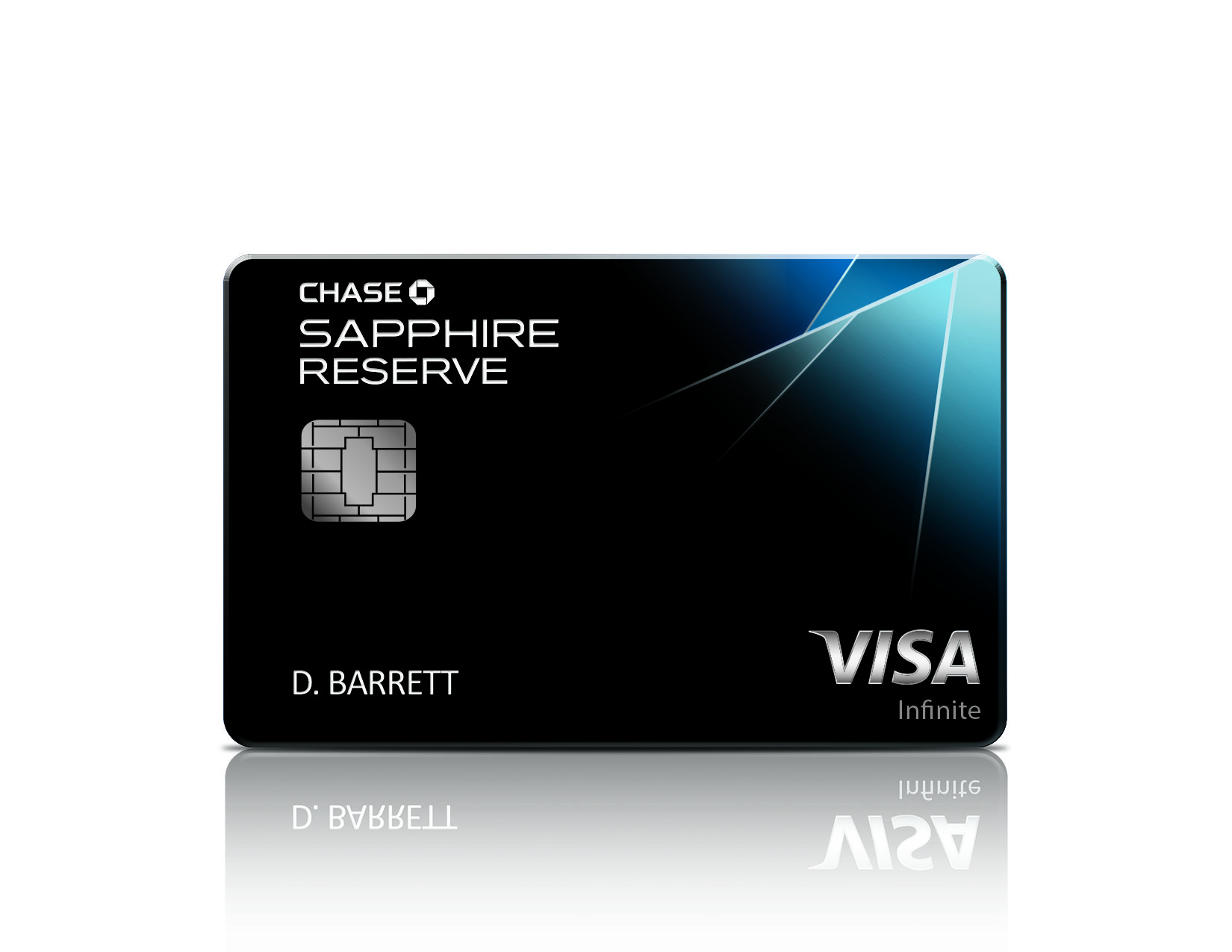The Venture Card is Capital One’s flagship travel card. It has a $95 annual fee and lots going for it. But it also has a litany of problems that can be dissuading for many travelers. This post suggests how Capital One can improve the Venture Card.
Overview
The Capital One Venture is the best card for those who want to earn Capital One Miles. To start, it comes with a sign-up bonus worth 50,000 Miles. This bonus can be earned after spending $3,000 in the first three months.
The Venture card earns a solid 2x Miles per dollar for all purchases. But there is a catch if you want to transfer points to partners. Capital One Miles have a 4:3 transfer ratio with partner miles. In other words, 4 Capital One miles will transfer into 3 partner miles, a rate of 1.5 cents per point (CPP). This is an inherent devaluation that I find unnecessary and misleading for cardholders.
The only other way to redeem Capital One Miles is towards a statement credit. This more traditional method lets you “erase” travel purchases at the rate of just 1 CPP. I suggest using this redemption method if you want simplicity or
The Venture card also has a few benefits to help justify its $95 annual fee. A Global Entry / Pre-TSA credit is the main one. This perk is commonplace with premium cards, but some mid-tier cards have them too. Other perks include no foreign transaction fees, purchase security, and extended warranty.
Possible Changes
The Capital One Venture is by no means perfect. In fact, it could use several changes to make it more competitive in the mid-tier travel card market. Here are some of my suggestions to Capital One to improve the Venture card:
Fix Ratios with Transfer Partners
Transferrable points and partners are the lifeblood of many people’s travel strategies. American Express, Chase, and Citi all have 1:1 ratios with most (if not all) of their transfer partners. Capital One does not. Therefore, they can take some share in the transferrable points market by simply improving the ratios with their transfer partners.
Capital One Miles have a 4:3 transfer ratio with partner miles. This means that 4 Capital One miles will transfer into 3 partner miles, a value of 1.5 cents per point (CPP). Emirates Airlines and Singapore Airlines KrisFlyer are the exceptions as they each have a 2:1 ratio, a value of 1 CPP. This rule makes Capital One Miles worth 0.75 CPP each assuming they are transferred to partners. It also makes the Venture card an effective 1.5x flat rate card given the same assumption.
Capital One should implement 1:1 ratios with as many partners as possible. This will put them in line with the rest of the market and fix the Venture card’s misleading earning structure. Changing the ratios to 1:1 will increase the value of Capital One Miles to 1 CPP. It will also make the card a stronger earner with a 2x flat rate.
Add More Redemption Options
There are only two redemption options available with the Capital One Venture Card: transfer partners and statement credits. Capital One is one of the largest credit card issuers in the United States. Therefore, they should have the leverage to add more redemption options.
For example, Capital One can partner with an independent travel site (such as Travelocity.com) and create a travel portal. Chase partnered with Expedia for their portal. Points can be worth 1.5 CPP when redeemed using the new portal to compete with Chase.
Add Annual Hotels.com Credit
Capital One is partners with hotels.com. And one of the highlights of the Venture card is the current 10x Miles promotion for hotels.com purchases. The promotion ends on January 31, 2020.
Hotels are a common travel expense and Capital One clearly understands that given their partnership with hotels.com. Capital One can further extend the olive branch and come up with a new perk for the Venture Card. My suggestion is a $50 annual credit towards hotels.com. Consumers can use this credit to help partly justify the card’s annual fee. And both companies can make money while maintaining their partnership. Hotels.com will see more customers and traffic on their website. And Capital One will collect more annual fees (among other fees).
Add Travel Insurances
Capital One is missing quite a bit in the way of benefits. They don’t offer various travel insurances that many competing cards have.
Primary or secondary car rental insurance is common among mid-tier cards. For example, the Chase Sapphire Preferred has primary car rental insurance. And the American Express Gold Card has secondary car rental insurance.
Trip delay insurance, baggage delay insurance, or trip cancellation / interruption insurance are also nice suggestions for added protection. Capital One should add one of these soon especially because Citi is removing most of their benefits in September 2019. They can use Citi’s move as an opportunity to take market share, especially disgruntled Citi Premier and Prestige cardholders.
Final Draw
The Capital One Venture is an interesting card. It has a nice sign-up bonus and a simple earning structure. But its redemption options, transfer partner rules, and lack of perks leave much to be desired.
This post suggests how Capital One can improve on the Venture Card’s weaknesses and better compete with Chase, American Express, and Citi. All Capital One has to do is clean up their transfer partner ratios and add some new benefits and redemption options. If they take some of these suggestions, they can easily become a bigger force in the points and miles world. They will also be more aligned with their competition for the better.













Well said. Any idea if I can get a second Venture card?